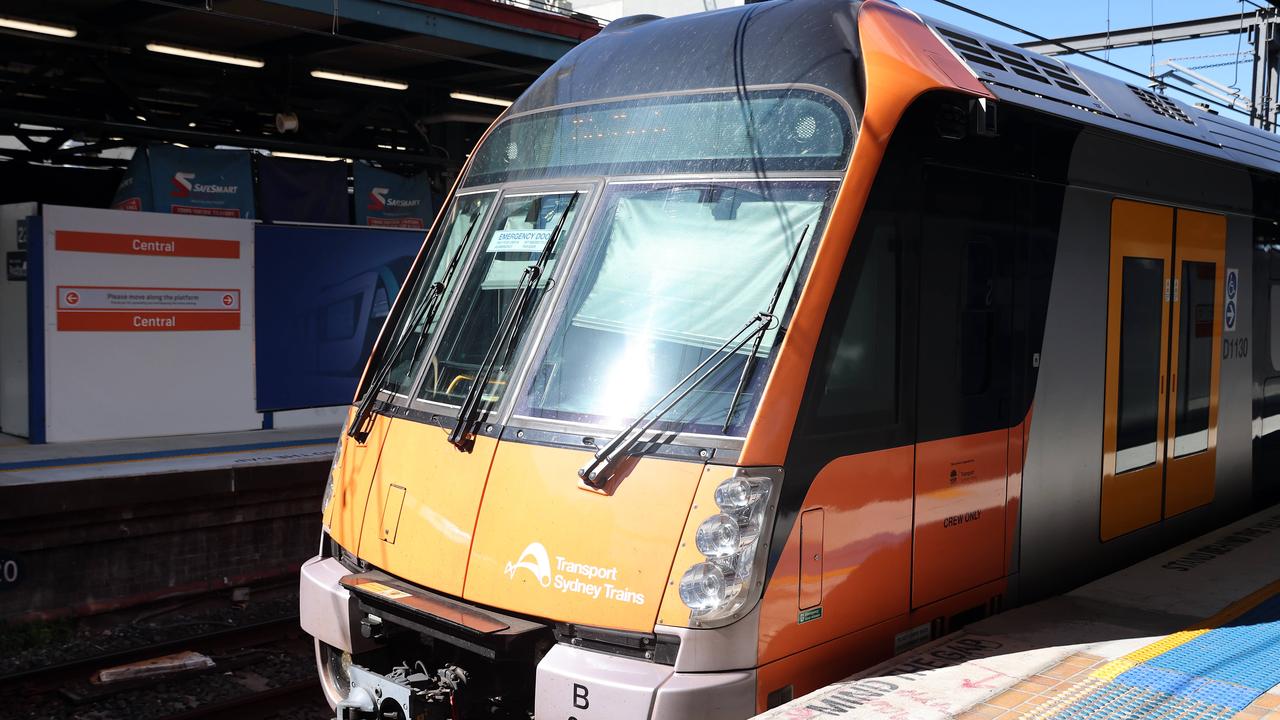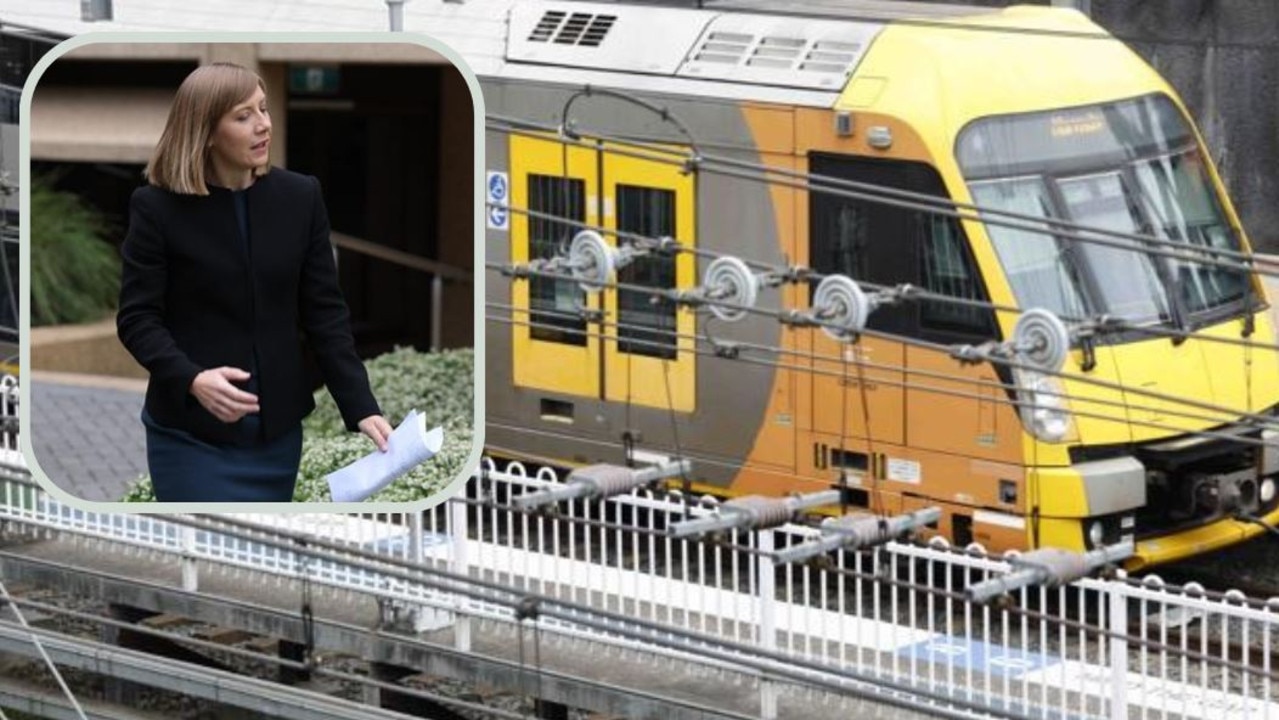Which federal politicians have the most investment properties?
As Labor flirts with the idea of negative gearing reform, we shine a light on the investment property portfolios of Australian politicians. See the list here.
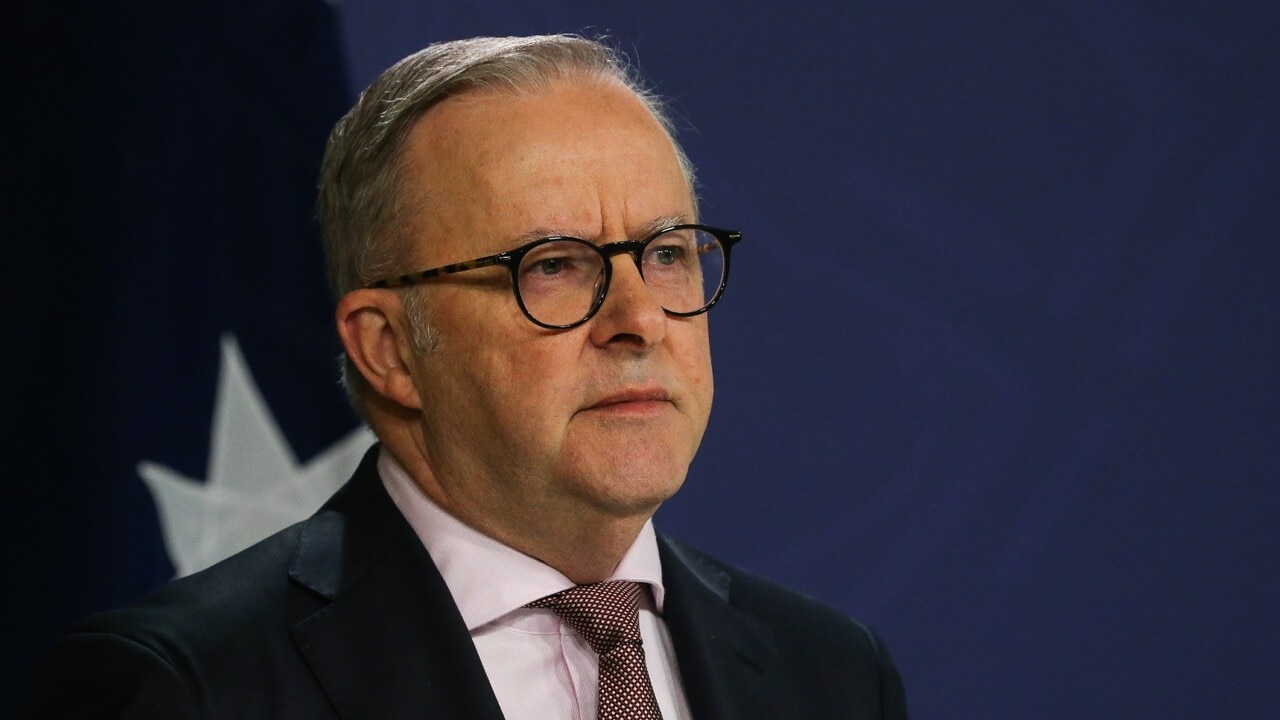
NSW
Don't miss out on the headlines from NSW. Followed categories will be added to My News.
Half of all lower house MPs in Canberra or their partners have an investment property, and more than 40 per cent of all senators own at least one investment property.
The property portfolios of Australian politicians are in the spotlight as Labor flirts with the idea of negative gearing reform in a bid to win support from the Greens.
Treasurer Jim Chalmers revealed this week he instructed his department to undertake modelling on the controversial policy that previously caused Labor to lose two elections.
His comments capped off a week where the government was attacked over its confusing messaging on negative gearing after Anthony Albanese left the door open on reform before backpedalling.
On Wednesday, the Prime Minister said he wanted departments like the Treasury “to be full of ideas” after revelations the agency had done negative gearing modelling.
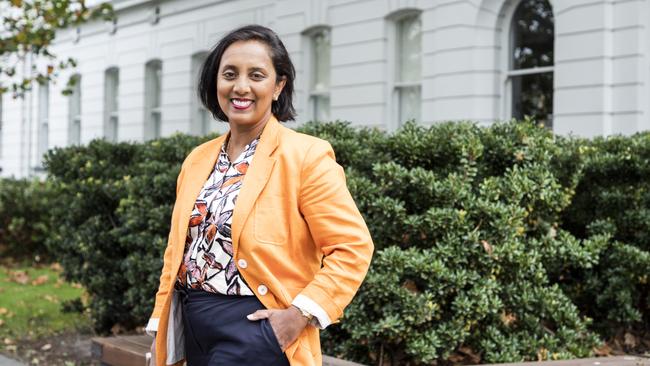
He then shifted tack to say his focus was to talk about “what we are doing not what we are not doing”, before a more definitive response on Thursday when he declared the government was not taking negative gearing reform to the election.
Mr Albanese himself has an investment rental property in Dulwich Hill in Sydney’s inner west which he listed for sale for $1.9m earlier this month.
When asked if he has ever negatively geared a property, a spokesman for said: “The Prime Minister has followed all disclosure requirements.”
The parliamentary register of interests does not list if a property is negatively or positively geared, but the latest ATO data shows that 62 per cent of the 2 million Australians with an investment property negatively gear that home.
In the House of Representatives, 82 Members listed at least one investment property on their register of interests as belong to them or their spouse.
Between the 82 Members, there were more than 130 properties listed on the register as investments.


The biggest property portfolio belongs to Labor’s Michelle Ananda-Rajah, with seven investments owned by her or her spouse across Victoria, Tasmania and Queensland.
The Victorian MP, who is losing her seat in Higgins in electoral redistributions, has investments listed in Porepunkah, Canterbury, North Melbourne and North Carlton in Victoria, two in Brisbane and another property in Beaumaris, Tasmania.
The next biggest property investor is former Liberal Home Affairs Minister Karen Andrews, who has six properties between her and her partner.
Ms Andrews’ portfolio spans Mudgeeraba, Palm Beach, Clear Island Waters and Ayr in Queensland, Deniliquin in NSW, and Kalgoorlie in Western Australia.
Home Affairs Minister Tony Burke and Parramatta Labor MP Andrew Charlton have four and three investments listed respectively.

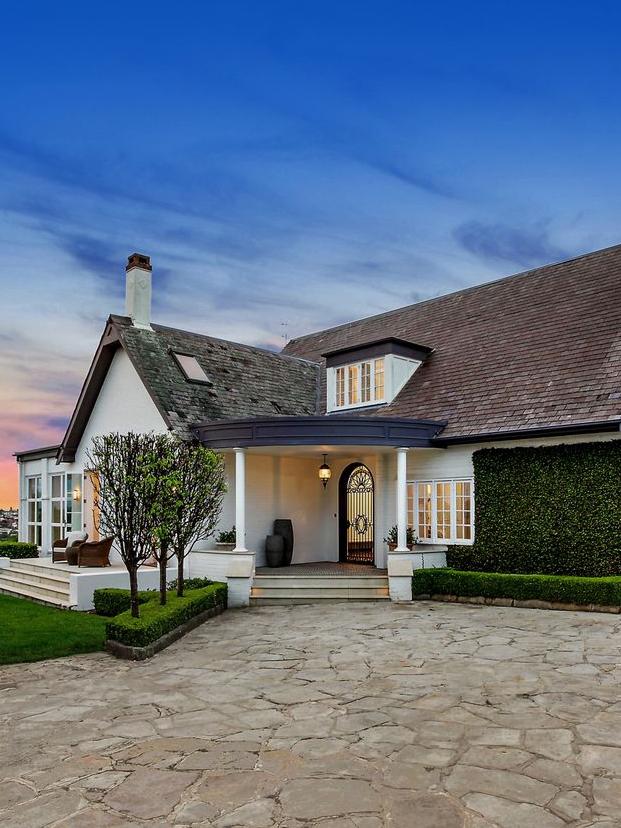
In the Senate, 33 Senators own 47 investment properties between them.
Senators with the biggest property portfolios include Labor’s Deb O’Neill with three across Tasmania and Queensland, Nationals’ Bridget McKenzie with two in Victoria and one in the ACT, and Labor’s Catryna Bilyk, who had two units in South Hobart and another property in Kingston, Tasmania.
Independent Queensland Senator Gerard Rennick also has three investment homes in Brisbane, Cabarita Beach and Chinchilla.
Greens senators Mehreen Faruqi and Nick McKim have two investment properties each, as do Labor’s Raff Ciccone and Helen Polley and David Fawcett, and Hollie Hughes and Perin Davey from the Coalition.

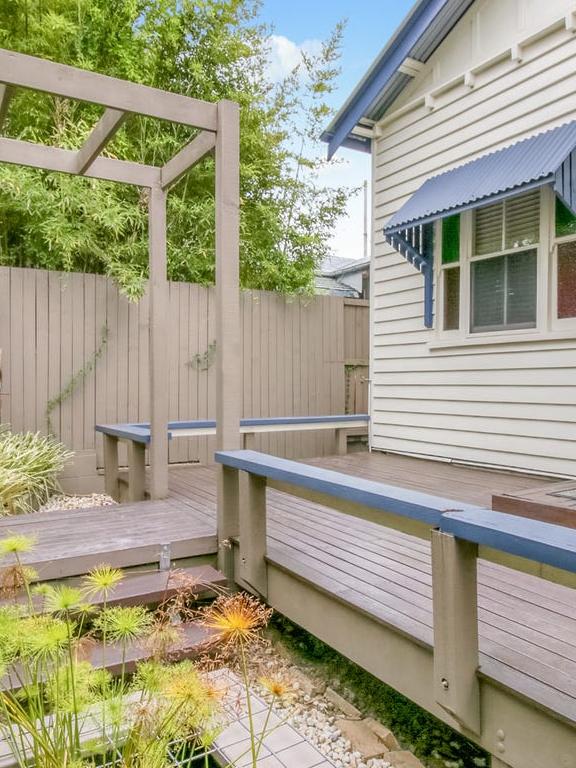
Collyer Property Investments director Aidan Collyer helps mum and dad investors, and said reforming negative gearing “would be a disaster”.
“It’s the top end of town thinking they know what is best for everyday Australians just trying to get ahead,” he said.
“A lot of politicians have had successful careers before parliament. Most of my clients have one or maybe two properties if they are lucky. They don’t have big share portfolios.”
Mr Collyer said none of his clients were “millionaires doing it for tax kicks”.
“Most of them are young people or mum-and-dad investors,” he said.
“A lot of them are young people who are rent-vestors who can’t afford to buy their own home so they are buying investment properties in cheaper areas.”
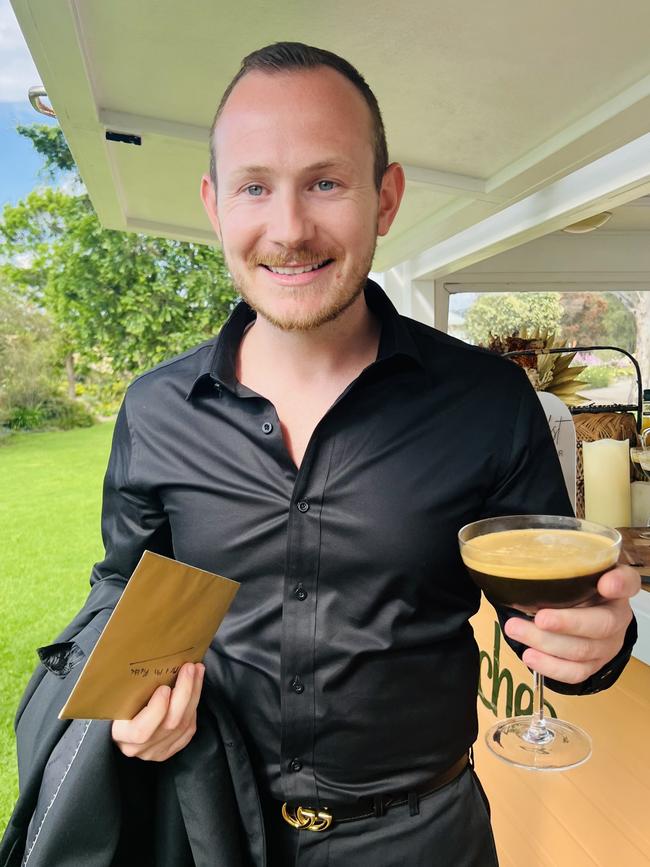
Australian Taxpayers Alliance president Brian Marlow said politicians considering negative gearing changes wanted to “close the door behind them” after using the policy to fund their fortunes.
“They are being hypocritical. Millennials are finally getting to a point (where) they can now invest like their parents did and so many other Australians did, and politicians are wanting to close the door behind them,” he said.
“Ninety per cent of people investing are mums and dads and people who have bought an apartment or an investment so they can self-fund their retirement and not rely on the pension.”
Mr Marlow also took a swipe at the Greens, who are pressuring Labor to reform negative gearing, saying many Greens voters were “well off” like their Senators, with multiple investment properties.
“It’s a ‘do as I say and not as I do’ mentality,” he said.
“If you look at the Greens, nine times out of 10 they are the most well-off people when you look at their voter demographic and personal finances.”
COMMENT: GEARING NOT SO NEGATIVE FOR POLLIES
If you listen to some politicians, you would think the fastest way to become a millionaire in Australia is to negatively gear a property.
But Property Council figures indicate many of the people who negatively gear are young Aussies trying to get a foot in the door of the housing market.
Analysis of Australia’s 2 million property investors showed the average tax deduction was $8702.
The view is echoed by realtors who say their clients are mum-and-dad investors or “rent-vestors”, buying where they can afford while renting closer to work.

These facts cut through the class warfare campaign the Greens are trying to wage ahead of the next federal election, to reveal a concerning picture for the government.
Anthony Albanese has to appease the Greens to allow the government’s housing policies to pass the Senate, but giving in to their demand for negative gearing reform risks alienating mums and dads who are more likely to vote for Labor over the Coalition.
The minor party has an upper hand, having already postponed Labor’s shared equity scheme and derailed the Housing Australia Future Fund.
But while they may be content with the votes of Gen Z Australians who are angry at the world and, by extension, any policy they see as unjust, political experts have warned Labor cannot forget the other key demographics in this debate.
Not all renters hate negative gearing. Many, particularly large chunks of the growing migrant community, aspire to one day use these policies to secure their children’s future and their own retirement.
And with half of the House of Representatives and more than 40 per cent of all Senators owning investment properties, Australians may well ask why politicians were able to benefit from a system that had the negative gearing safety net when they are being demonised for doing the same.



